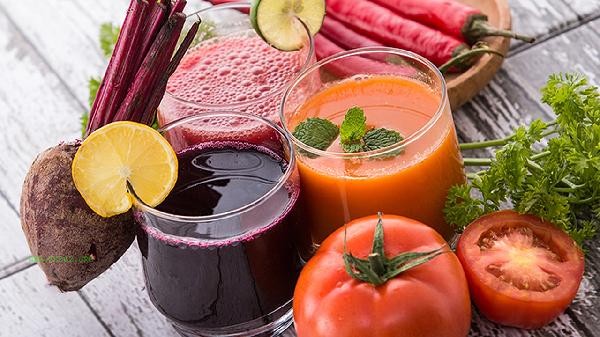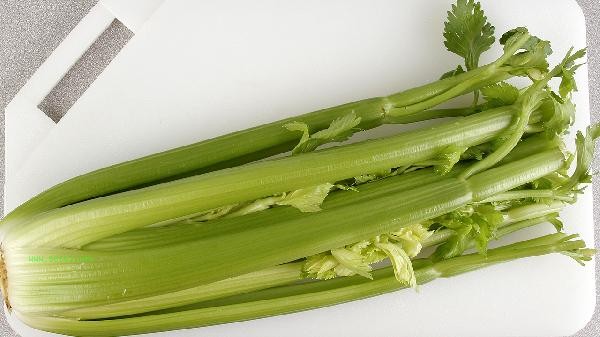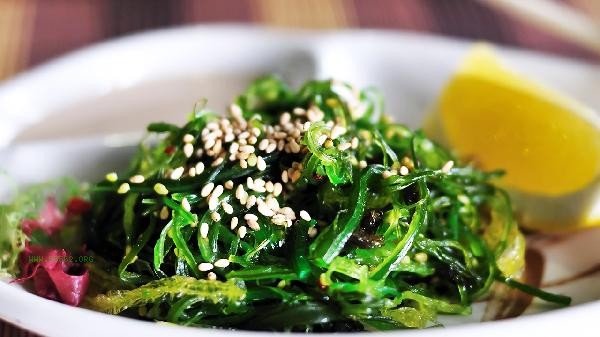The correct storage methods for vegetables mainly include refrigeration preservation, classified storage, pretreatment, avoiding light and moisture, and reasonable packaging. Different vegetables have different requirements for temperature, humidity, and storage environment. Mastering scientific methods can extend the shelf life and reduce nutrient loss.

1. Refrigeration preservation
Most leafy vegetables are suitable for 0-4 ℃ refrigeration. For example, spinach, rapeseed, etc., they need to be kept moist but avoid water accumulation. They can be wrapped in kitchen paper and placed in a fresh-keeping bag. Root and stem vegetables such as carrots and white radishes can have their stems and leaves removed during refrigeration to prevent water loss. If tomato and eggplant vegetables are not fully ripe, they can be stored at room temperature and then transferred to refrigeration.
2. Classified Storage
Fruits and vegetables that release ethylene, such as apples and bananas, should be isolated from ethylene sensitive vegetables to avoid accelerating the spoilage of vegetables such as broccoli and lettuce. Mushrooms should be stored separately to prevent cross contamination, and legumes and vegetables should be kept ventilated. It is recommended to seal and store strongly scented ingredients such as onions, ginger, and garlic to avoid affecting the flavor of other vegetables.
3. Pre treatment
Root vegetables can remove soil but retain outer skin before storage, while leafy vegetables can retain roots after removing rotten leaves. Cauliflower and broccoli can be blanched and frozen for storage, while legumes need to remove old tendons before storage. Cucumbers, bitter gourds and other melons should not be directly refrigerated after cleaning, and the surface moisture should be thoroughly wiped dry.

Fourth, avoid light and moisture
Potatoes, sweet potatoes and other tubers should be stored in black plastic bags away from light, as light exposure can cause germination and produce toxins. Onion and garlic are suitable for hanging in a cool and ventilated place. A humid environment can easily cause mold growth in mushrooms, so moisture absorbing paper can be used to store them. When storing green leafy vegetables, avoid squeezing and keep an appropriate amount of air circulation space in the container.
V. Reasonable Packaging
Vacuum sealing is suitable for granular vegetables such as corn and peas, and wrapping with plastic wrap can reduce the evaporation of water from eggplants and green peppers. Perforated plastic bags are suitable for fungi with strong respiratory function, while kraft paper bags are suitable for wrapping stem vegetables such as asparagus. Frozen vegetables should be labeled with a date, and it is recommended to consume them within three months.

During the storage period of vegetables, it is necessary to regularly check and remove the rotten parts, and it is recommended to maintain the humidity in the refrigeration room at 85% -95%. Some storage resistant vegetables such as pumpkin and winter melon can be stored at room temperature but need to be elevated and moisture-proof. It is recommended to rinse residual pesticides with running water before cooking. Frozen vegetables can be cooked directly without thawing. Reasonably plan the purchase quantity. It is recommended to consume leafy vegetables within 3 days and root vegetables within 2 weeks. Special varieties such as sprouts need to be stored upright, while herbs can be kept fresh in hydroponics for a short period of time.








Comments (0)
Leave a Comment
No comments yet
Be the first to share your thoughts!